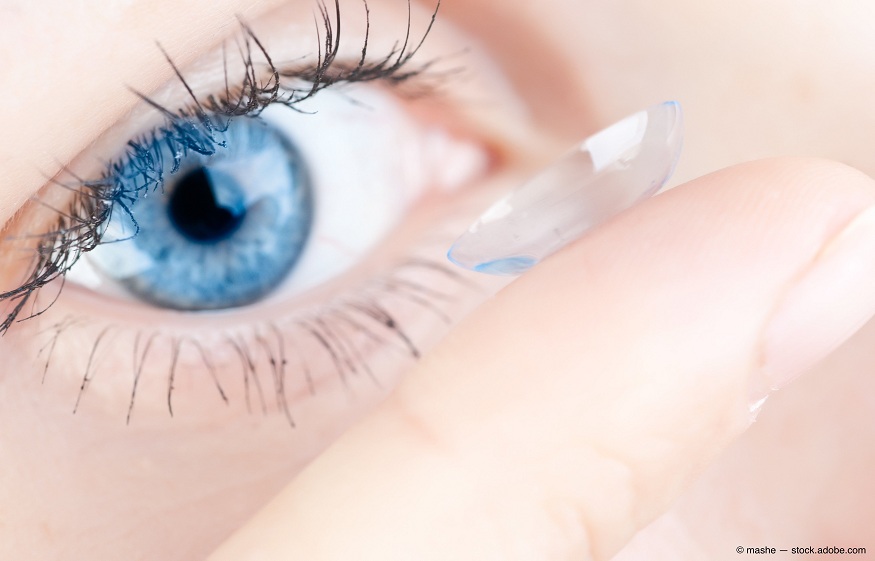Refractive errors are a common source of vision issues. If you acquire presbyopia along with more than one other refractive problem, such as myopia and astigmatism, multifocal contact lenses can help.
There are several varieties of multifocal contact lenses based on the location of the powers on the lens, which dictates how your pupil adjusts to see at different distances. Bifocals are multifocal lenses; however other varieties may be more suitable for you.
While there are many compelling reasons to experiment with multifocal contact lenses, there are some drawbacks. Price is another consideration.
Finally, consulting your eye doctor is the best method to determine whether multifocal contact lenses are right for you.
Contact Lenses with Multifocals Resolve Multiple Refractive Errors
Contact lenses are thin plastic lenses that sit on top of your cornea and correct refractive errors. You may have myopia (nearsightedness), astigmatism, hyperopia (farsightedness), or presbyopia if you have a refractive defect (age-related farsightedness).
Many people have several refractive errors. Myopia and astigmatism, for example, are highly prevalent together. Soft contact lenses are one of the most often used technologies for correcting refractive problems.
Presbyopia and other refractive problems are more prone to develop as you get older. Myopia, presbyopia, and astigmatism are frequent in persons in their forties and fifties. Often, this entails wearing contacts to correct your refractive defect and reading glasses for up-close work. When you must consistently address all refractive faults, your optometrist may recommend bifocals or multifocal lens glasses. However, you might not want to wear glasses again and instead opt for contact lenses.
Multifocal contact lenses enable you to see at the close, medium, and far distances with improved visual acuity and less juggling of other devices, such as wearing contacts with reading glasses. Of course, they are not for everyone, but they can be beneficial for those with more than one refractive defect.
What Is the Function of Multifocal Contact Lenses?
A multifocal contact lens is any form of contact lens that contains two or more “powers” or prescriptions. Most people are aware of bifocal lenses, but there are additional types of multifocal lenses, such as trifocals and progressive lenses.
Wearing multifocal lenses helps you to switch between different activities. For example, you can look at your phone’s GPS when stopped and then check road signs while driving.
Multifocal lenses have distinct portions for different prescription powers. Bifocal lenses in spectacles are well-known for having a top area for your primary refractive fault, such as myopia, and a bottom section for presbyopia treatment. These are well-defined sections. Bifocal contact lenses can function similarly.
More consumers preferred smoother transitions between these visual zones, especially if they wore glasses or contact lenses with more than two powers. This resulted in the development new types of multifocal lenses for glasses and contacts. Some examples are:
Segmented lenses resemble standard bifocal or trifocal lenses in spectacles, with clearly split focus zones.
Progressive, which seamlessly transitions from one part of your vision to another.
Concentric, with vision correction rings rather than portions from top to bottom. Contact lens wearers may like these.
Most people who wear contacts wear soft contact lenses; however, if you have certain eye issues, you should inquire about hard gas permeable multifocal contact lenses. These are, however, rarely used. Most optometrists and ophthalmologists advocate soft contacts because they allow for improved oxygen flow to the cornea.
You can purchase daily disposable lenses, monthly lenses, and several additional options in between. For example, if you wear contact lenses for a month, your doctor will advise you to wear them for no more than 16 hours a day and to discard them at the end of the month.

